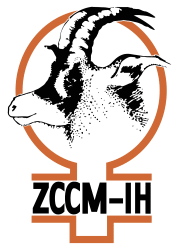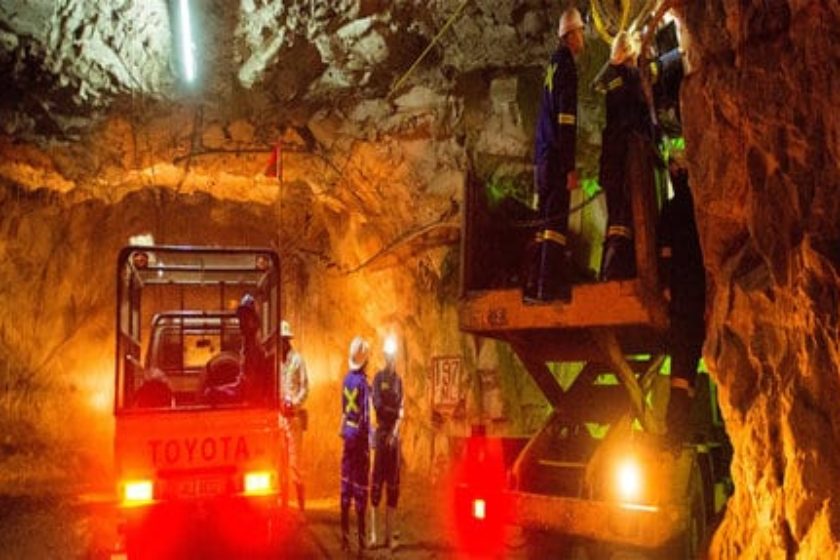Diversified miner Vedanta Resources is strengthening its focus on safe production at its subsidiary Zambia-based integrated copper producer Konkola Copper Mines (KCM) through the implementation of its Safety Stand Down campaign.
Vedanta’s campaign was launched by KCM CEO Deshnee Naidoo in July to raise safety standards and curb mine accidents and fatalities at KCM operations. The implementation follows four fatalities at its mines this financial year.
KCM operates underground and openpit mines, as well as several concentrators, a leaching plant, a flash smelter, a modernised refinery and a sulphuric acid plant. Its operations at Nchanga, Konkola, Nkana and Nampundwe are located on one of the highest-grade copper seams in the world.
The campaign – also aimed at intensifying safety awareness at operations – comes in the wake of KCM’s June announcement of a safe 400-t/d production focus that the miner initiated to meet its goal to raise monthly production to 12 500 t/m.
The company reiterates its commitment to safety while acknowledging that its “record to date has not been ideal”. At the campaign launch, Naidoo told employees that she found it unacceptable to have had multiple fatalities across KCM’s operations over the past six years. She further pleaded with all staff at KCM to internalise the company’s safety commitment of “zero harm and zero waste” and translate it into daily operations.
“All fatalities are preventable. Even when KCM is pushing to achieve a higher production target, the first thing on my mind – as a priority – is safety. It should also be the first thing on your minds. KCM cannot have production if it does not come safely. When there is a fatality, it hurts and devastates everyone.”
Naidoo emphasised that the campaign had been structured to recognise the impact of mine accidents on the families of the deceased and the economy, and renewed management’s and employees’ commitment to safe working practices. Leaders of the three unions representing employees at KCM have also agreed to provide extra oversight in the implementation of the safety campaign.
Naidoo further stressed that she would always opt to pause production if there was a threat to the safety of employees.
Investments Pay Off
Vedanta has been mining at KCM for 13 years and has invested more than $3-billion in upgrades to and expansions of the KCM mines and processing plants.
Vedanta chairperson Anil Agarwal announced in 2017 that the company would invest an additional $1-billion in KCM to improve mines’ operational efficiency and increase production capability.
Since the announcement, $300-million has been used for operational support programmes, clearing outstanding debts owed to contractors and suppliers, and concentrate procurement. The rest of the $1-billion investment will be spent on the construction of a new cobalt refinery, mine development at Konkola to access new areas of mining, and a new training centre.
Supporting these investments will be a 300 MW coal-fired power plant, in southern Zambia. Vedanta aims to invest about $300-million in the plant, for which prefeasibility studies have started.
Moreover, through continued investment, Vedanta and its joint venture partner, State-owned investment holdings company ZCCM Investments Holdings, have managed to extend the mines’ expected life-of-mine from under 20 years to 50 years, and now plan to focus on further optimising production.
With a clear focus to increase production at KCM to 400 000 t within the next five years, the company enthusiastically reports that production averaged 350 t/d, just short of the 400 t/d target, during the last two weeks of June.
KCM will continue to aim for the 400 t/d safe production target – and work to reclaim KCM’s position as Zambia’s premier copper producer from there.
“KCM’s focus will now be on tapping into the rich orebody at Konkola Deep mine, in Chililabombwe, which has a grade of about 3%. This will give KCM a competitive edge over its peers and fulfil our vision for 50 years of mining in Zambia.”
Source: CREAMER MEDIA MINING WEEKLY





